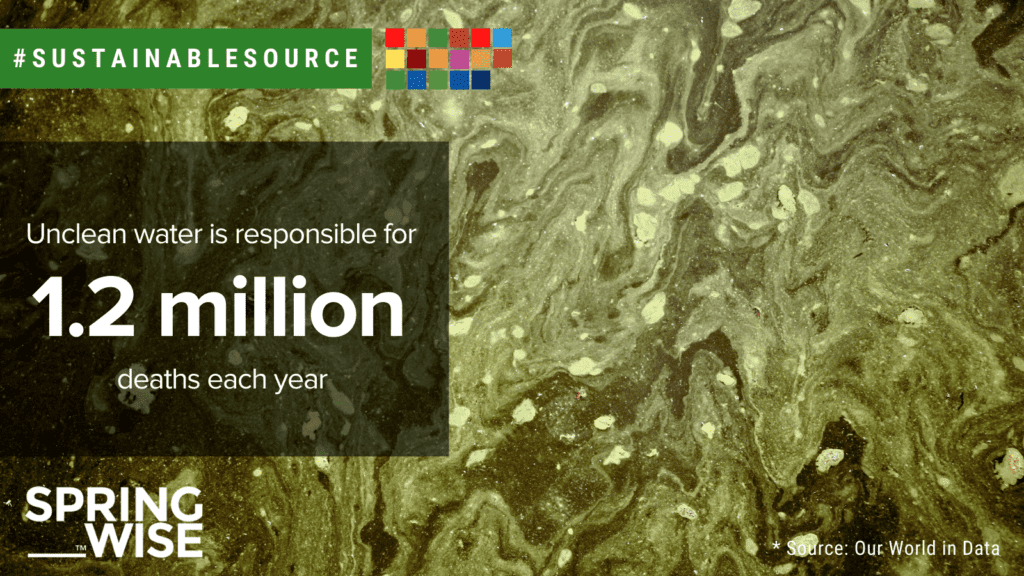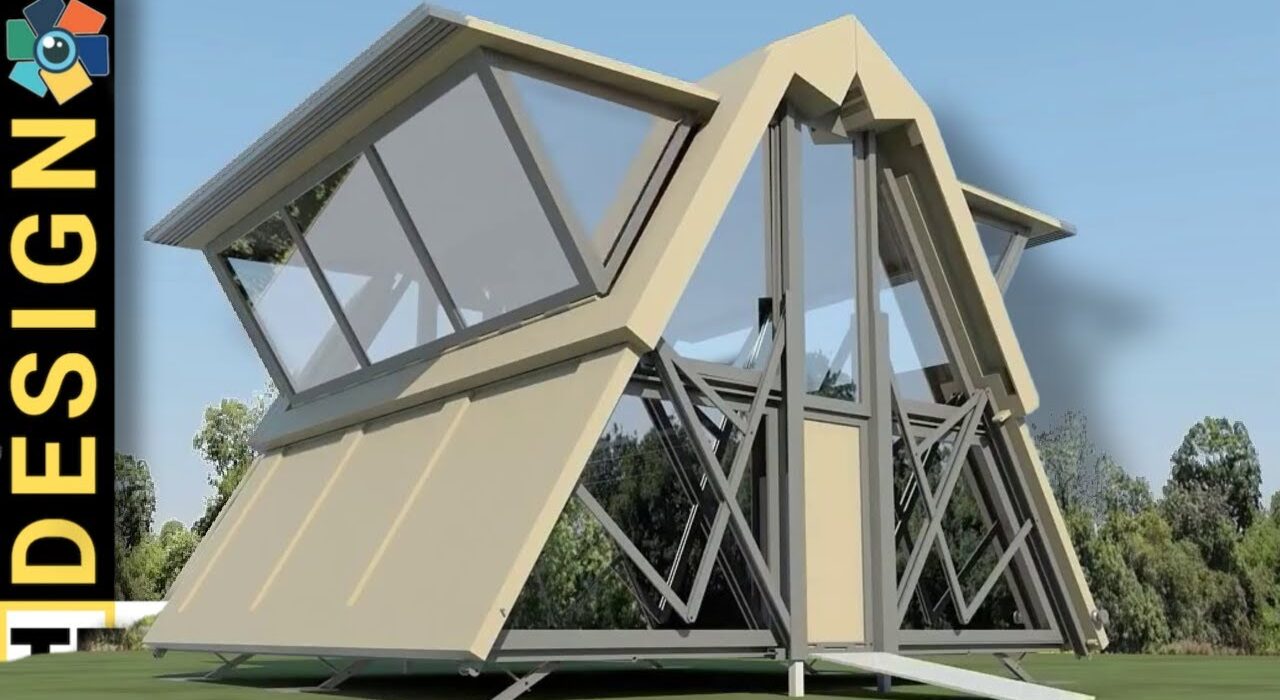Innovation and SDG 6: clean water and sanitation
Water is life. Nothing in nature is simpler. The fate not only of humanity, but of all life on earth is bound up with our stewardship of the global water supply. And water courses are also dynamic eco-systems home to innumerable species of plants and animals. But over the past century, human water use has increased at double the rate of population growth. In simple terms, we are using more water than ever.
Recent decades have seen some important advances when it comes to clean water. Notably, between 2000 and 2020, the number of people using safely managed drinking water increased by 2 billion. But we are now facing a new, unprecedented threat to water resources: climate change. Unicef estimates that half of the world’s population could be living in areas facing water scarcity by as early as 2025, and 700 million people could be displaced by intense water scarcity by 2030.
Responsible water stewardship requires multi-layered solutions. But innovation will play an important role. From new physical technology—such as improved desalination processes—to the use of data to improve the management of water systems, innovators are working to protect the world’s most valuable asset.
Fresh water production
At the most basic level, humans need to drink water to survive. But today, 26 per cent of the global population lack access to safely managed drinking water. At the same time, unsafe water is responsible for 1.2 million deaths each year. In response, innovators are busy developing novel ways of producing fresh water – sometimes, literally, from thin air.
Desalination—which converts the earth’s abundant resources
of saltwater into fresh water—is well-established but requires access to a
dependable supply of electricity. Many water-stressed regions lack this
security of supply. In response, a team of researchers has come up with a solar-powered
desalination system that is both more efficient and less expensive than
previous methods.
Other than the world’s oceans, the atmosphere is another potential source of water that new technology is looking to tap. Israeli company Watergen has developed a portable atmospheric water generator that pulls water directly from the air. The company is in a race to hit the market with Exaersis Water Innovations, a US company that has also developed a portable device for use by campers and off-grid travellers.

Sanitation and hygiene
People need safe access to water for sanitation and hygiene.
Effective sanitation systems require high levels of urban planning and
maintenance, which can be challenging in some parts of the world. Map Action is
a Mali-based startup that has developed a mapping
app that shows the location of issues such as broken pipes, and
poor-quality wastewater systems.
In other situations, people lack access to even the most
basic facilities like toilets. A Spanish design studio has developed an
upcycled, 3D-printed portaloo designed to provide better facilities for
refugees in camps and disaster recovery zones.
By contrast in the developed world, hygiene can place major demands on water resources. For example, the average showerhead uses 12 litres of water per minute. Danish company Flow Loop has developed a new recirculating shower that reduces water use by 85 per cent.
Pollution and wastewater treatment
Exacerbating issues of water scarcity is the fact that many human activities contaminate water supplies. According to the UN Environment Programme, 80 per cent of global wastewater goes untreated, containing everything from human waste to highly toxic industrial discharges. To tackle the issue of industrial water pollution, Finnish startup Algonomi is developing a circular system that uses algae to both clean up industrial waste water and produce useful materials.

Restoring water-based eco-systems
The water resources we use come from freshwater eco-systems that are on the decline as a result of human activity. Deforestation may grab the headlines, but between 1970 and 2015 the area covered by inland and coastal wetlands declined at three times the rate of forest loss.
Fortunately, innovators are working to mitigate this loss by restoring eco-systems – even within urban contexts. A student design concept aims to improve water circulation in urban rivers by creating a coral-reef-like structure for shrimps, shellfish, and other organisms. Another design for an underwater bicycle garage benefits the aquatic life of the area with porous concrete that helps plants and mussels stick to the walls, while coconut mats help purify the water, and mesh baskets shelter fish.

Local participation
Target 6B within SDG 6 highlights the
importance of supporting and strengthening the participation of local
communities in improving water and sanitation management. An app that allows community
members in East Africa to maintain
and diagnose their own water systems offers an excellent example of how
technology can be used for community empowerment. The app provides locals with
tools—such as maintenance checklists and diagnostic decision trees—through a
smartphone. This helps them to avoid situations where they must wait days or
weeks for repairs to their water systems.
Words: Matthew Hempstead
Know more innovations supporting SDG 6? Spread the word!
Sign up to the Sustainable Source newsletter to
receive regular updates on the green innovations that matter and to get our
insights into innovation and the SDGs direct to your inbox.
22nd March 2022


